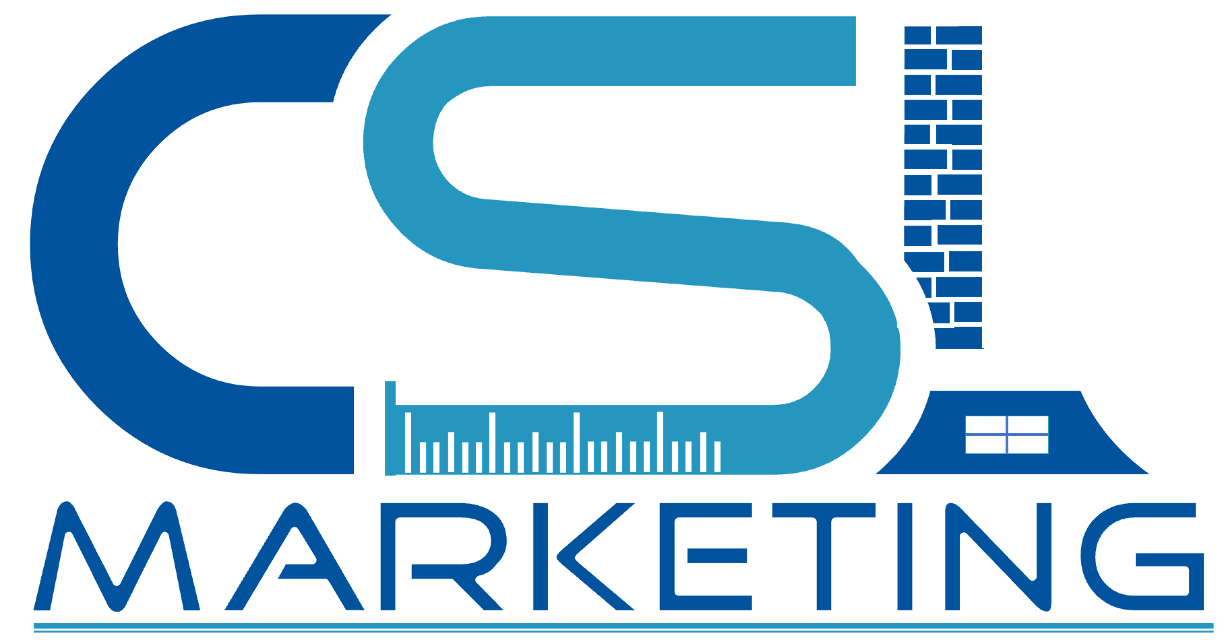In the ever-evolving landscape of digital marketing, lead generation has long been the lifeblood of businesses aiming to expand their customer base. Traditionally, platforms like Google Ads, HomeAdvisor, and various social media channels have been reliable sources for generating leads. However, in recent years, businesses have been facing a harsh reality: the costs of lead generation on these platforms are skyrocketing. This blog explores the reasons behind this trend and offers some insights into how businesses can adapt to these changing dynamics.
The Changing Landscape of Lead Generation
To understand why the costs of lead generation on traditional platforms are rising, we must first acknowledge the shifting dynamics of digital marketing:
1. Increased Competition: One of the primary factors contributing to rising costs is the growing number of businesses vying for the attention of the same audience. As more companies enter the digital space, the competition for ad space intensifies, driving up bidding wars and ultimately increasing costs per click (CPC).
2. Evolving Algorithms: Platforms like Google and social media giants continuously tweak their algorithms. These changes often favor larger businesses with larger budgets, making it harder for smaller enterprises to compete effectively without spending more.
3. Ad Saturation: With the increasing popularity of online advertising, consumers are being bombarded with ads across various platforms. This oversaturation can lead to ad fatigue, causing businesses to spend more to capture the attention of their target audience.
4. Mobile Dominance: The shift towards mobile devices as the primary means of accessing the internet has also played a role in increasing lead generation costs. Mobile ads typically command higher CPCs, as advertisers compete for limited screen space on smaller devices.
Google Ads: The Increasingly Expensive Marketplace
Google Ads, once considered a goldmine for lead generation, has seen a significant uptick in costs over the years. Here are a few reasons why businesses are feeling the pinch:
1. Keyword Competition: The competition for popular keywords is fierce, driving up the cost of bidding for those keywords. Businesses often find themselves in bidding wars, making it financially challenging to maintain a strong presence on Google Ads.
2. Quality Score Demands: Google’s Quality Score algorithm has become more stringent, emphasizing the importance of relevance and click-through rates. Maintaining a high Quality Score can be costly and time-consuming.
3. Ad Extensions: Google encourages the use of ad extensions, which can enhance your ad’s visibility but also increase the cost per click. This added expense can be burdensome for businesses with limited budgets.
HomeAdvisor: A Costly Lead Source
HomeAdvisor, a platform connecting homeowners with service professionals, has also seen a spike in lead generation costs. Several factors contribute to this trend:
1. Pay-Per-Lead Model: HomeAdvisor operates on a pay-per-lead model, meaning businesses are charged for each lead they receive. While this model offers some control over costs, it can quickly add up, particularly if many leads don’t convert into customers.
2. Increased Competition: As more service professionals join HomeAdvisor’s network, the competition for leads intensifies. This results in higher bid amounts and costs per lead.
3. Lead Quality: The quality of leads obtained from HomeAdvisor can be inconsistent. Businesses may end up paying for leads that don’t align with their target audience or preferences, leading to wasted resources.
Social Media: The Expensive Playgrounds
Social media platforms like Facebook, Instagram, and Twitter have become essential for businesses to reach their target audiences. However, these platforms have their own set of challenges contributing to rising lead generation costs:
1. Ad Costs: Advertising on social media is no longer as cost-effective as it once was. With more advertisers vying for user attention, ad costs have risen significantly, making it challenging for small businesses to compete.
2. Algorithm Changes: Social media platforms frequently update their algorithms, making it harder for businesses to achieve organic reach. This forces companies to rely more heavily on paid advertising, driving up their costs.
3. Ad Saturation: Users are exposed to a barrage of ads daily on social media, leading to ad fatigue. To stand out, businesses often need to spend more on creative, targeting, and ad placement, increasing their overall expenses.
Adapting to the New Normal
In the face of these rising lead generation costs, businesses must adapt their strategies to remain competitive. Here are some strategies to consider:
1. Diversify Your Marketing Channels: Instead of relying solely on traditional platforms, explore other marketing channels like content marketing, email marketing, and influencer partnerships. Diversifying your strategy can help reduce your dependence on expensive lead generation platforms.
2. Focus on Niche Marketing: Rather than competing in overcrowded markets, consider narrowing your focus to niche audiences. This can often be more cost-effective and lead to higher conversion rates.
3. Improve Conversion Rate Optimization (CRO): Make the most of the leads you generate by investing in CRO. By improving your website’s user experience and optimizing your conversion funnel, you can make your marketing budget go further.
4. Monitor and Adjust Your Campaigns: Continuously monitor the performance of your campaigns and adjust your strategies accordingly. This may involve reallocating your budget to more cost-effective channels or refining your targeting to reach a more qualified audience.
5. Explore Long-Term Strategies: Consider building long-term strategies that reduce your reliance on paid advertising. Investing in SEO, content marketing, and building a strong brand presence can pay off over time.
In conclusion, the rising costs of lead generation on traditional platforms like Google Ads, HomeAdvisor, and social media channels are a reality businesses must face in today’s digital landscape. However, with a strategic approach and a willingness to adapt, businesses can navigate these challenges and continue to thrive in the world of digital marketing. As the landscape evolves, staying informed and flexible will be key to staying competitive and achieving a positive return on investment.
In the next blog, we will focus deeply on how small business can compete and win the online customer acquisition game and increase revenue.
Please CLICK HERE if you would like to schedule a consultation.

